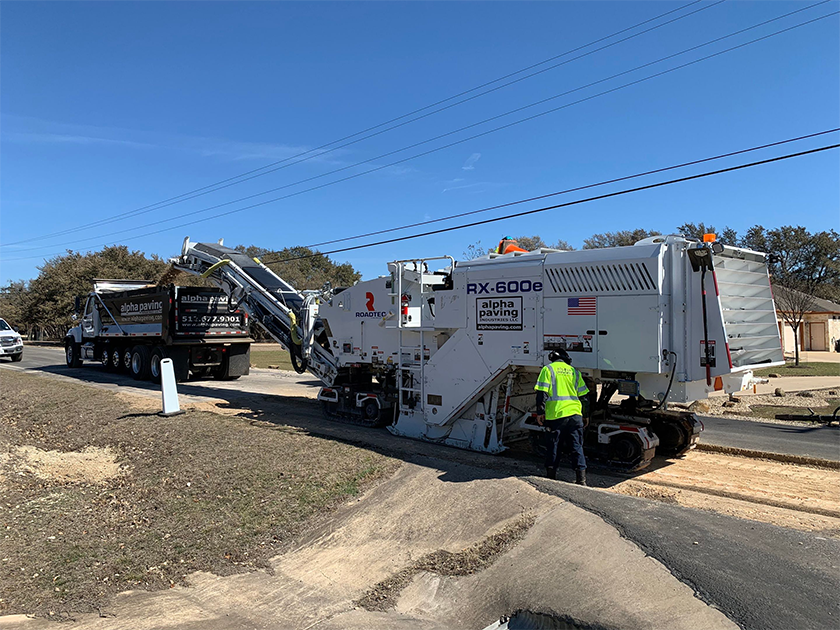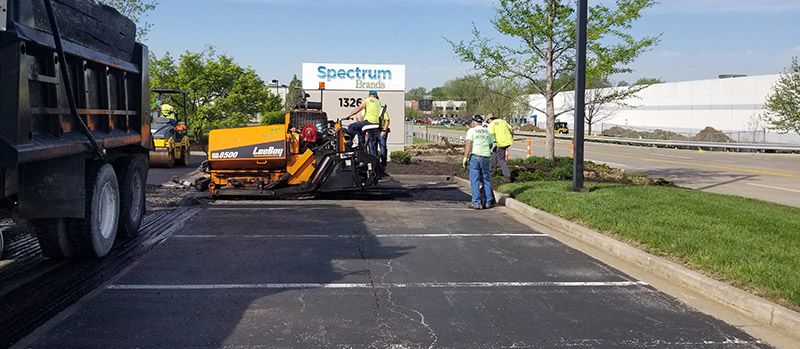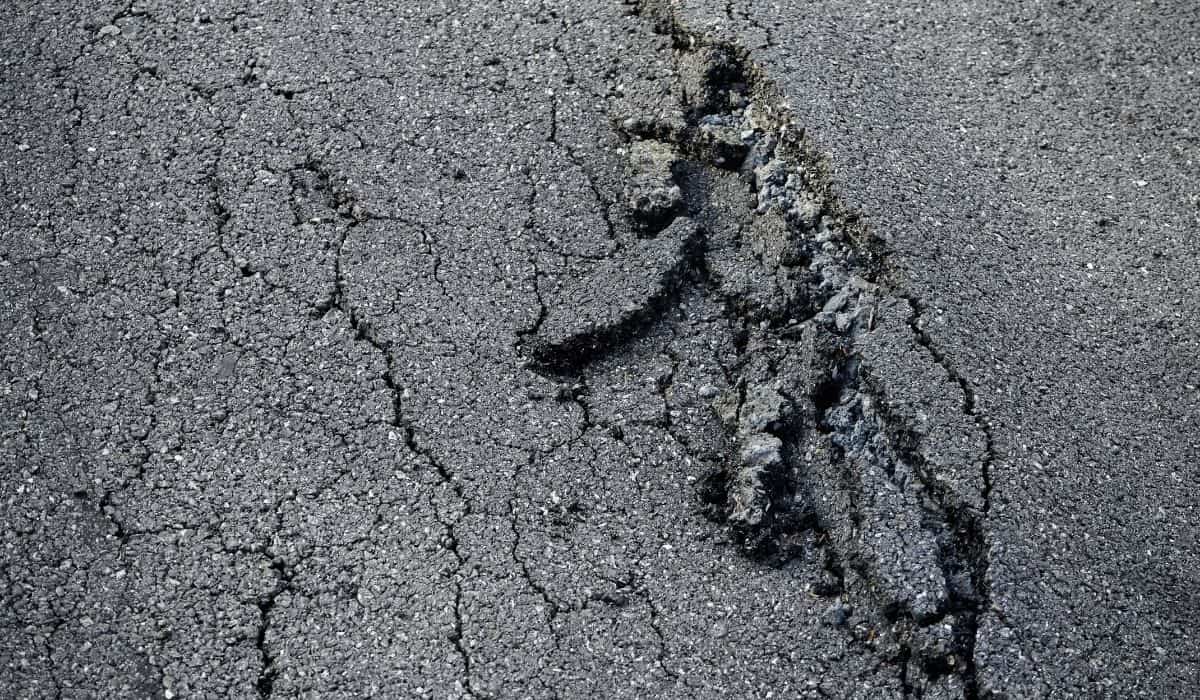Rumored Buzz on A1 Professional Asphalt & Sealing Llc
Rumored Buzz on A1 Professional Asphalt & Sealing Llc
Blog Article
Getting The A1 Professional Asphalt & Sealing Llc To Work
Table of ContentsIndicators on A1 Professional Asphalt & Sealing Llc You Need To KnowThe Buzz on A1 Professional Asphalt & Sealing LlcA1 Professional Asphalt & Sealing Llc for BeginnersSome Known Questions About A1 Professional Asphalt & Sealing Llc.Unknown Facts About A1 Professional Asphalt & Sealing Llc

The oil in a cars and truck engine is not simply oil. The REOB includes all the ingredients that were in the waste oil as well as the wear steels from the engine (primarily iron and copper).
Nevertheless, by making lots of blends using different REOB examples and various asphalt binders, the variants largely can be averaged out. Numerous States provided examples of well-known REOB composition to TFHRC researchers, that analyzed the samples to compare the percentage of added (understood) REOB to the discovered (checked) quantity. The evaluations revealed a similar portion of included and found REOB.
Examine This Report on A1 Professional Asphalt & Sealing Llc
None of those States realized that the asphalt they were getting contained REOB. One State urged its samples had no REOB - https://medium.com/@a1asphaltsealng/about.
Of the 1,532 samples examined, 12 percent consisted of REOB, and some included considerably high degrees of it at 1020 percent. The highest degree was 34 percent in an example from Texas, which TxDOT had made use of in a patching compound. This screening likewise revealed the existence of phosphoric acid in 11 percent of the examples, and 2 percent consisted of ground tire rubber.
Two years earlier at TRB's annual conference, the Federal researchers held an REOB workshop and offered the findings of their research laboratory examinations to a standing room-only crowd. Although some firms do not especially prohibit REOB, they do impose physical tests that avert its useeffectively a ban. a1 professional. Others do not prohibit it by specification, however have agreements with asphalt vendors to stay clear of making use of REOB
Some Of A1 Professional Asphalt & Sealing Llc
A handful do enable REOB, some within particular restrictions. Ohio and Texas restriction degrees to much less than 5 percent of the asphalt. To create a dependable examination method that all States can use, the TFHRC researchers set up a round-robin test plan. The participants are 11 State highway agencies (Illinois, Massachusetts, Minnesota, Mississippi, Montana, North Carolina, Oklahoma, South Carolina, Texas, Vermont, and Wyoming), 2 independent screening laboratories, the Ministry of Transportation in Ontario, Queen's College in Ontario, and an Ontario paving service provider.
In total, the researchers prepared and delivered 720 blends. The participants are evaluating the examples independently utilizing the guidelines provided by the TFHRC scientists. The round-robin screening is virtually finished, and TFHRC remains in the procedure of accumulating the results. The outcome will certainly be a recommended AASHTO examination technique that any State can take on and utilize (diagonal parking vs straight parking).
The sidewalk with REOB, which lies 0.6 mile (1 kilometer) from the pavement without REOB, has identical subgrade, website traffic density, and environment. The sector of Highway655 with 5 to 10 percent REOB showed considerable cracking. In this example, the visibility of REOB was the identified root cause of cracking at a reduced temperatures.
A section of test sidewalk in Minnesota (MN1-4) discovered to have REOB also split too soon. The pavement carried out well for the initial 3 to 4 years, yet after that started to break.
The Best Strategy To Use For A1 Professional Asphalt & Sealing Llc
The tests were not comprehensive, but they showed that at levels of 6 percent or even more, the tensile stamina of the asphalt went down substantially. At a degree of 3.5 percent REOB, the variant in the physical test approaches was better than the result of REOB. In reality, it was hard for researchers to evaluate whether REOB was present.

One binder criterion taken into consideration is the difference in between the low temperature level critical specification temperature for tightness (S) in the flexing beam rheometer and the flexing beam of light rheometer creep incline (m-value) noted as Tcritical. TC = TC (S) TC (m-value). Analysis of this specification is still ongoing. Two independent study teams, one from AASHTO and the various other from the Asphalt Institute, ended that more study is needed on making use of REOB in asphalt.
Formerly, all asphalt screening determined engineering buildings such as rigidity. These examinations do disappoint what materials had actually been included in the asphalt. One example received throughout the TFHRC research had an extremely unusual evaluation. The sample had the adhering to test results: Superpave PG 64-28 with a high temperature level grade of 67.3 Tcritical on the flexing beam rheometer was 6.7 levels Celsius.

The Best Strategy To Use For A1 Professional Asphalt & Sealing Llc
These results show there are weaknesses in the standard design testing protocols that might be made use of. The producer might have an economic advantage and the product passes all the standardized tests, yet the product may not be useful to ensuring long-lasting efficiency. To resolve this concern and the growth of new asphalt additives and extenders, TFHRC is beginning a research program to use handheld spectroscopic gadgets, x-ray fluorescence spectroscopy, and Fourier change infrared spectroscopy to make it possible for analyses to be carried out in the area rather than needing to take samples back to the lab.
Report this page